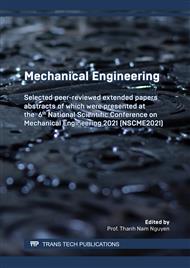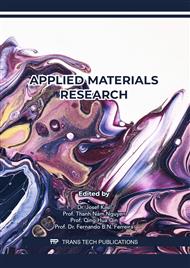p.21
p.31
p.37
p.47
p.55
p.65
p.75
p.87
p.93
A Research on the Influences of Forming Parameters on the Roughness of Plastic Products by Fuse Deposition Modeling Technology
Abstract:
Nowadays, Fuse Deposition Modeling (FDM) technology is being broadly applied in many fields. However, one of the major limitations of the current FDM technology is the surface roughness, an important criterion in evaluating the surface quality of mechanical products. Therefore, it is necessary to improve the surface quality of 3D printed products using FDM technology. In the paper, we study the effect of forming parameters on product surfaces roughness of parts manufactured by FDM technology on plastic materials Polylactic Acid (PLA). The experimental planning method and design of experiment (DOE) are applied to access and evaluate to find out the optimal forming parameters for plastic products by FDM technology.
Info:
Periodical:
Pages:
55-64
Citation:
Online since:
June 2022
Authors:
Keywords:
Price:
Сopyright:
© 2022 Trans Tech Publications Ltd. All Rights Reserved
Share:
Citation:



